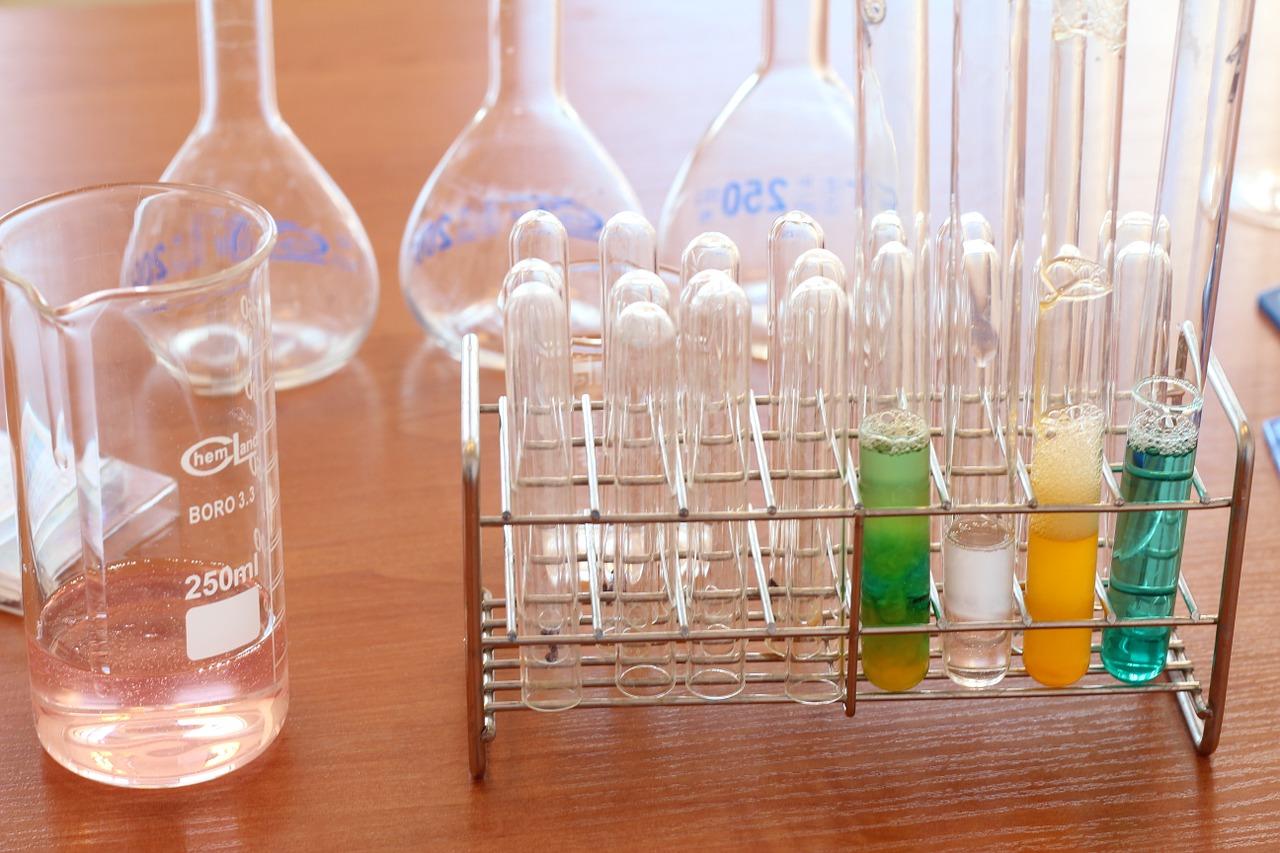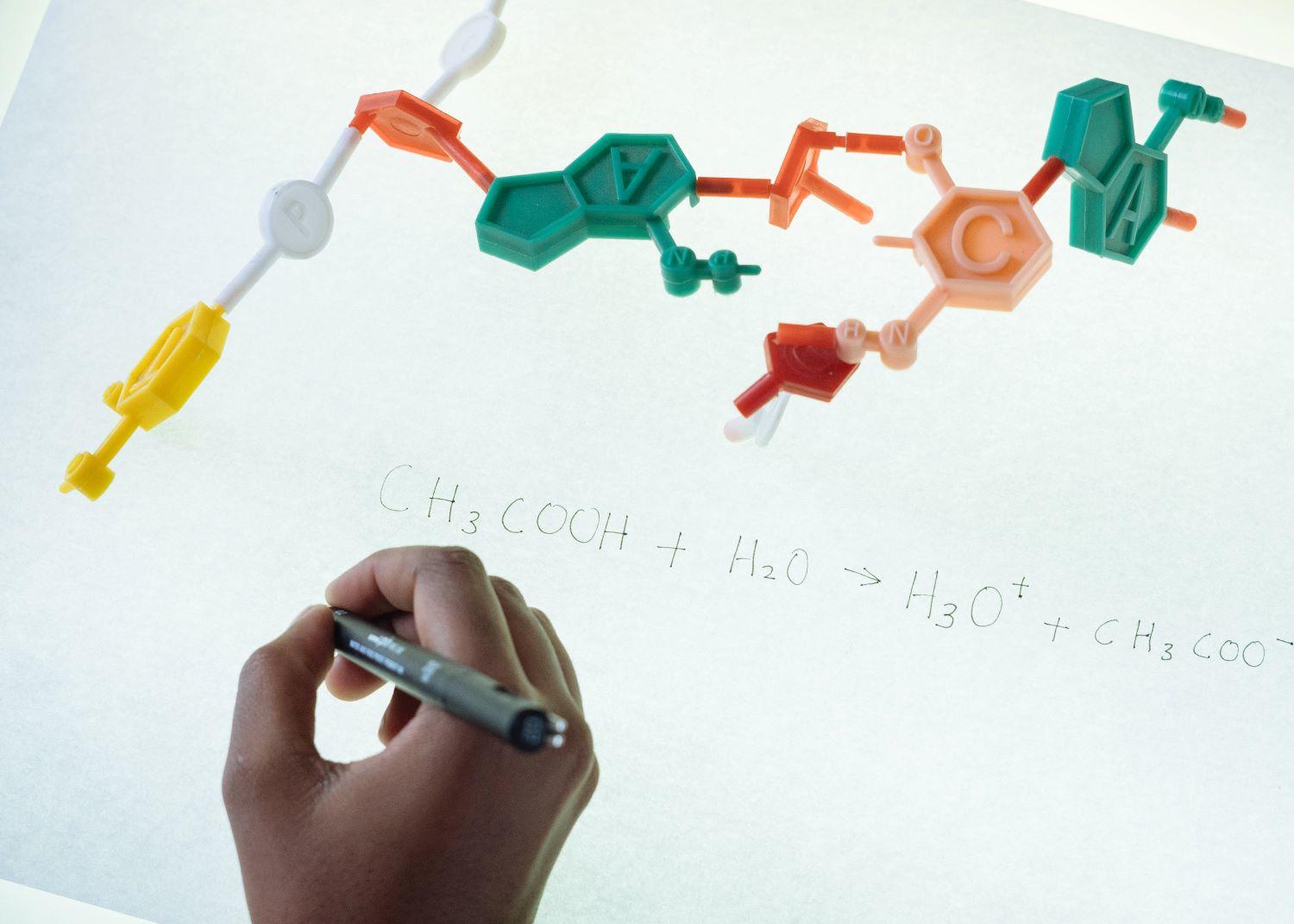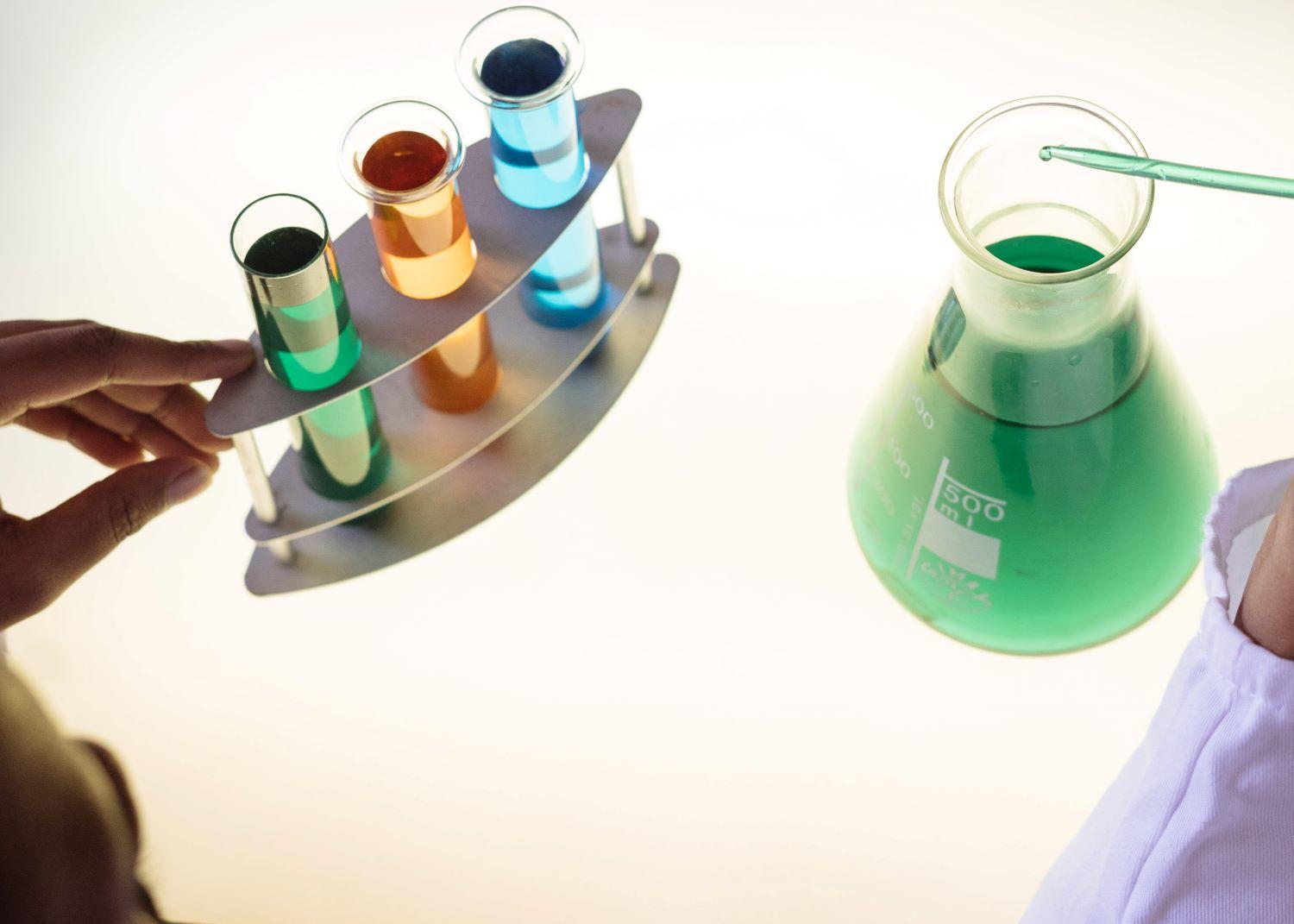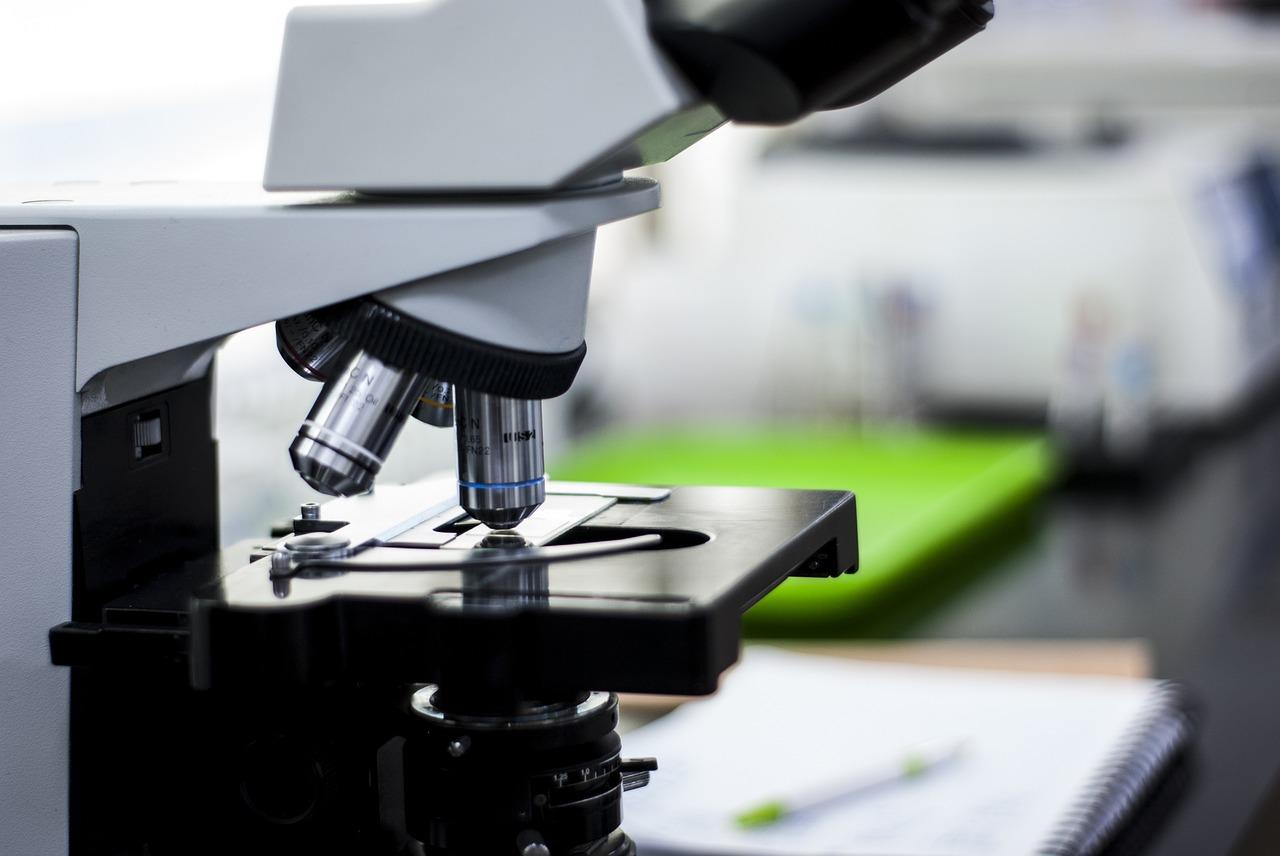Chemistry, alongside other subjects within the realm of maths or science, often has a bad reputation as a particularly tricky subject to learn and master.
Despite this reputation, the fact is that chemistry isn’t as difficult to learn as some people may think, and in reality, the subject is just as approachable as any other subject, whether that’s history, art, or politics.
One of the best ways to help with this stigma surrounding chemistry is to encourage children to engage with the subject from an early age.
If young children, for instance, can develop an interest in chemistry or other scientific subjects such as physics while they are still young, then it would be reasonable to assume that the chances of that child staying interested in a subject such as chemistry as they get older would be greater than a child who had no interaction or interest in the subject when they were younger.
This article looks at ways chemistry can be more fun and engaging for children, specifically through experiments. Experiments are a great way to engage the interest of children as they can be undertaken either at home or at school and can really improve the “fun factor” of any chemistry lesson.
Book a chemistry tutor in Toronto on Superprof!

Safety First
Before carrying out any experiments yourself, either on your own or with children, it’s important to remember that experiments should always be conducted in a safe way.
Although any safety concerns would likely have been thought and taken care of when it comes to chemistry or other science experiments performed during school hours in a classroom, it’s equally important to ensure that any experiments conducted at home are also safe.
Ways to help ensure a safe environment for an experiment to be carried out include, but aren’t limited to, thinking about the following:
- The age range of the children performing the experiment: younger children often require more supervision when it comes to tasks such as measuring liquids;
- The types of materials required to conduct the experiment, and whether those materials are considered safe for children or adults to handle or be near (highly reactive experiments, for example, might not be the best idea); and
- Whether sufficient space and ventilation are available at home for the experiment to be carried out.
A good example of considering safety during science experiments and science activities would be the fact that when you conduct the Mentos and Diet Coke rocket/volcano experiment (outlined below) you should perform it outside, as it is much safer, not to mention cleaner, to see the bubbles produced by that experiment fly up into the air rather than around an enclosed space.
Get a reputable chemistry tutor here.

Why Chemistry Sets For Kids Are So Beneficial
One of the best ways you can hold a child’s attention when it comes to chemistry class is to introduce an experiment or two during science lessons. Equally, if you’re trying to pique the interest of your child in chemistry while they’re at home, a chemistry set can have a similar impact.
There are a number of reasons why working with chemistry sets and conducting experiments for kids can be fun:
- Experiments for kids, such as those featuring chemical reactions, bring chemistry to life as a subject and help kids to visualise certain chemical processes and reactions and
- Seeing or performing fun science experiments helps challenge the notion that the sciences are “boring” subjects, as the experiments are usually quite fun to perform while also being interactive.
Chemistry sets can also be a great way for your child to try out a science fair project if they are planning on attending a science fair and provide an environment that encourages kids' science experiments to be carried out.
With that in mind, let’s take a look below at some chemistry experiments that are easy and fun to perform. If you want to be assisted by a tutor, just type "chemistry tutor Vancouver" into your browser to find one.

Fun Chemistry Experiments Are Easy to Find
Embarking on chemistry experiments can be an engaging and enlightening experience, achievable in various settings with suitable materials, space, and equipment. The two primary arenas where children often encounter these experiments are at home and in school.
For school-going children, especially those in high school, witnessing experiments is likely a part of their chemistry curriculum. In contrast, younger children may have their first encounter with experiments through television, the internet, or hands-on activities guided by a supervising adult.
Whether you explore easy science experiments at home or watch online demonstrations, vast opportunities are available.
Here are some examples of captivating science experiments suitable for home settings, enabling you to impart various aspects of chemistry to your child. Online videos can be a valuable alternative if a chemistry set is unavailable.
- Erupting volcano / Mentos volcano
The classic erupting volcano experiment stands the test of time due to its simplicity and effectiveness. Requiring basic household ingredients like baking soda, vinegar, and food colouring, This experiment swiftly illustrates volcanic processes and chemical reactions. An entertaining twist involves adding Mentos to a bottle of fizzy drink, producing a more dynamic reaction, best enjoyed outdoors due to its exuberance.
- Sugar crystals
You can explore structural properties by growing sugar crystals, also known as rock candy. This experiment utilizes readily available home ingredients, making it easily accessible. Patience is essential as the crystals develop over a few days, revealing the fruits of the experiment.
These experiments only scratch the surface of what's possible. Additional experiments like making invisible ink, playing with slime, exploring static electricity with balloons, and delving into sound waves, magnetism, or gravity can captivate young minds. Numerous online resources offer guidance on various science projects, ensuring there's something for every budding scientist.
Beyond traditional chemistry sets, everyday activities such as baking provide excellent opportunities to teach basic scientific principles like melting and boiling points. Baking yields a tasty treat and encourages children to participate in simple science experiments under supervision.
Consider chemistry tuition as another avenue to introduce kids to the marvels of this scientific realm. With many exciting experiments and projects available, rest assured that there's a captivating scientific journey awaiting every curious mind.
Below are some examples of easy science experiments you could try with your child at home to teach them about various aspects of chemistry. Equally, if you don’t have a chemistry set at home, you could watch videos of people performing these experiments by searching online for that particular experiment and watching a demonstration of what unfolds.
Erupting Volcano / Mentos Volcano
The erupting volcano has been a staple chemistry experiment for years, and it’s easy to see why. It doesn’t require many household ingredients to carry out (the primary ingredients being baking soda, vinegar, and some food colouring for the lava) the set-up time is fast, and it helps teach children more about how volcanoes work as well as how chemicals can react with one another.
Another variation of this home science experiment that has proven popular with children is where you put roughly half a packet of Mentos sweets into a large bottle of fizzy drink (usually Diet Coke). The more Mentos you add, the stronger and faster the fizz and reaction.
However, there are a few differences in this experiment that it pays to be aware of:
- The chemical reaction and the resulting bubbles are usually more powerful than what you see in a traditional chemical volcano project, and
- This experiment is best performed outside – a garden or park would be ideal – as otherwise, expect the room you do the experiment in to get very wet and messy as the chemical reaction occurs very quickly!
Sugar Crystals
Another popular chemistry experiment that highlights the structural properties of crystals is to grow your own sugar crystals, also known as rock candy. This experiment can be performed using ingredients and materials that can be found around the home, so it’s not difficult at all to put together.
When forming rock crystals, it’s important to note that the crystals will not form immediately, so a little patience is needed (for a few days or more) before you start seeing the results of your labour.

The above experiments aren't the only ones you can try at home. For example, you might want to make your invisible ink, play with slime, find out more about static electricity using a balloon or balloons, or learn about sound waves, magnetism, or gravity.
There are plenty of cool science experiments and projects for kids to be found online, with tips and tricks for carrying them out, so don't worry if none of the above experiments particularly appeal to your child's inner scientist.
Equally, you can find plenty of fun science experiments for kids away from traditional chemistry sets.
For example, baking is a great way to teach simple science principles seen in chemistry, such as melting and boiling points (try and melt a marshmallow, for example). By baking, not only do you get to make something to eat at the end (provided the end product is indeed edible), but you can also help your child participate in simple science experiments with your supervision.
Chemistry tuition can also be a great way to introduce kids to the wonders of this science!
The Magic of Everyday Chemistry
Exploring the enchantment of everyday chemistry opens a world of intrigue. Often, we ignore the magic that unfolds in our kitchens, gardens, and even throughout our daily routines. The sizzle of water changing into steam and the alchemy of components converting into a tasty meal are the minor wonders that make chemistry approachable and intriguing for children. It's not just about textbooks and labs; it's about recognizing the extraordinary in the ordinary.
Consider the wonder of baking, where simple ingredients come together, undergo transformations, and emerge as delectable delicacies. Mixing flour, sugar, and butter becomes a lesson in chemical reactions as we observe the dough rise in the oven. The simmering excitement mimics the exhilaration of scientific discovery, converting a kitchen into a dynamic classroom.

Moreover, every sip of a fizzy drink or the aroma of newly brewed coffee is a lesson in the chemistry of liquids and gasses. Introducing these daily events into a child's learning experience, we make science approachable and instill a feeling of wonder. The wonder of everyday chemistry is changing the routine into the remarkable, helping youngsters observe the world with increased curiosity and respect.

Turning Mistakes into Discoveries
Like every scientist suffers setbacks, young minds diving into chemistry should learn that mistakes aren't hurdles but stepping stones to comprehension. Chemistry unfolds through experiments where unexpected findings are not failures but possibilities for insight.
Additionally, encouraging youngsters to see the trial-and-error process as an adventure builds resilience and curiosity. When a concoction doesn't bubble, or crystals don't form as planned, it's a moment to question "why" and "what if" rather than a reason to be upset. By reframing missteps as avenues to discovery, we educate budding scientists to think critically and innovatively.
In this journey, parents and educators play a critical role. Creating an environment where mistakes are not frowned upon but encouraged as part of the scientific journey instills a spirit of fearlessness. Whether a concoction fizzes unexpectedly or colours don't blend as intended, each setback becomes an invitation to explore the unknown.
Don’t Be Afraid to Ask for Help
When you stumble into an exciting experiment, whether for your child's inquiring mind or your interest, and you find yourself in a dilemma about completing it securely at home, fear not. Instead, consider tapping into the abundance of knowledge that a chemistry teacher can supply. Seek guidance on the best approach to manage experiments, whether generating slime or unleashing the bubbling delights of a baking soda and vinegar volcano—there's no harm in asking.
For those with school-going children, there's the bonus of potentially incorporating these experiments into classroom sessions, enabling hands-on learning opportunities. However, you can explore internet resources if your child isn't very engaged with chemistry at school. You can also quickly locate video demonstrations of experiments to study together, sparking interesting debates about scientific topics.
Moreover, if your youngster is keen to go deeper into the world of chemistry or if you simply want to brush up on your knowledge, don't shy away from getting external aid. Platforms like Superprof connect you with a network of instructors ready to deliver individualized one-on-one, group, workshop, or remote lessons. Simply input your postcode on the Superprof site, choose chemistry as your preferred subject, and locate skilled local teachers or those ready to offer remote courses.
In pursuing knowledge and safe experimentation, remember that asking for help is not simply an option; it's a powerful tool to enrich the learning experience for you and your child.
Unlocking the Wonders of Chemical Reactions
Delving into the exciting domain of chemical reactions opens up a world of wonder and excitement for young brains. It's not only about memorizing formulas but watching the absolute magic that develops when diverse components come together.
Picture a scenario where household things change into dazzling displays of color, fizz, or even unexpected movement. These reactions are not simply teachings; they're spectacles that illustrate the dynamic essence of chemistry.
Unlocking the mysteries of chemical processes extends beyond textbooks, delving into the center of a child's imagination. It's about turning the ordinary into spectacular and making learning an adventure. By introducing kids to hands-on activities that explore the beauty of reactions, we're not simply teaching them about science; we're igniting a curiosity that lasts a lifetime.

The sizzling of a baking soda and vinegar mixture or the dazzling swirl of colours in a red cabbage indicator solution — are moments that transcend the classroom.
As we assist our young learners through these experiences, we're not merely demystifying chemical reactions; we're creating a genuine appreciation for the glories of the natural world. Every fizz, bubble, or change in texture becomes a narrative waiting to be told, a riddle waiting to be solved.
So, let's embrace those moments when the projected conclusion takes an unexpected turn. The genuine beauty of chemistry develops in these twists and turns, showing the young learners that the most profound discoveries sometimes arise from the spontaneous dance of elements.
Exploring Science Through Culinary Chemistry
Delving into the domain of culinary chemistry with your young scientist adds a splash of fun to the discovery of science. Beyond the typical experiments and sets, the kitchen becomes a dynamic laboratory filled with opportunities to explore the mysteries of chemical processes. Cooking becomes a playful learning activity, integrating the joy of preparing great treats with the mysteries of scientific principles.
In the intriguing area of culinary chemistry, regular actions like baking cookies or making a fruit salad transform into hands-on experiments. Observing the changes in components as they experience heat, combining, and other culinary techniques provides a physical connection to scientific concepts. It's a chance to witness directly how various materials interact.
Celebrating Curiosity
Exploring the wonders of science with children is a journey of curiosity and discovery, and recognizing and nurturing a child's interest serves as a guiding light in this quest. It's not only about communicating knowledge; it's about developing a curious attitude.
As parents, understanding and celebrating the inherent curiosity in our little scientists is pivotal. Take time to notice the inquiries, the wide-eyed fascination, and the constant search for "why" children often bring to the table.
Nurturing this interest needs more than controlled experiments; it's about fostering an environment that welcomes and encourages curiosity and discovery. Recognizing a child's interests within the broad subject of science fosters a sense of ownership over their learning path. From stargazing in the backyard to teaching the science underpinning everyday occurrences, the opportunities are as infinite as the universe.
A compassionate approach involves allowing the trial-and-error process and letting mistakes become stepping stones to discoveries. Celebrate the messy times of experimenting and the delight of unexpected outcomes. Beyond typical experiments, consider integrating science into daily life – from cooking experiences that study chemical changes to nature hikes exposing the biology of the outdoors.
In this celebration of inquiry, here's a list of interactive activities to stoke the flames of scientific interest:
- Backyard bio blitz
Explore the biodiversity in your backyard with a fun and educational bio blitz.
- Kitchen chemist adventures
Turn your kitchen into a laboratory with safe and exciting chemistry experiments.
- DIY weather station
Foster an interest in meteorology by making a modest weather station together.
- Science journaling
Encourage students to keep a science journal, noting observations, questions, and findings.
Remember, cultivating a child's interest in science is as intriguing as the discoveries it uncovers.
There are websites, such as Superprof, that have a wide network of tutors who are happy to provide one-on-one, group, workshop, or remote tuition sessions to children and students who are looking for help when it comes to a particular subject.
If you enter your postcode on the Superprof site and select chemistry as the subject you would like to find a tutor for, you’ll be shown how many tutors within your local area are experienced in providing chemistry tuition, as well as tutors who are happy to provide remote lessons.
Here are some online chemistry courses for you.















